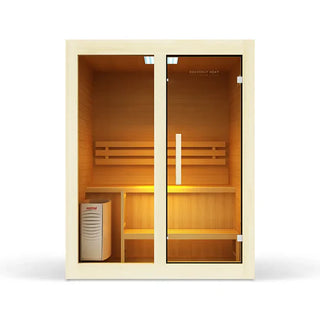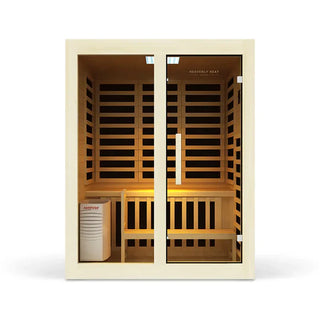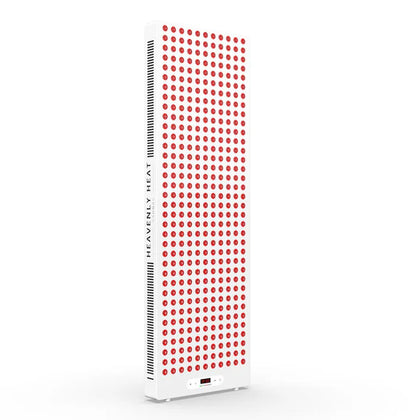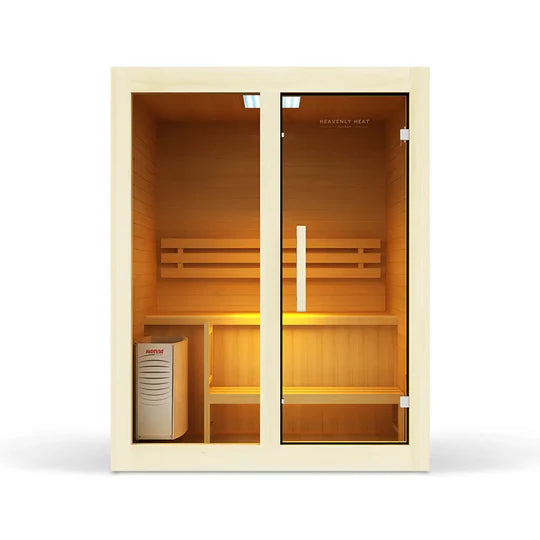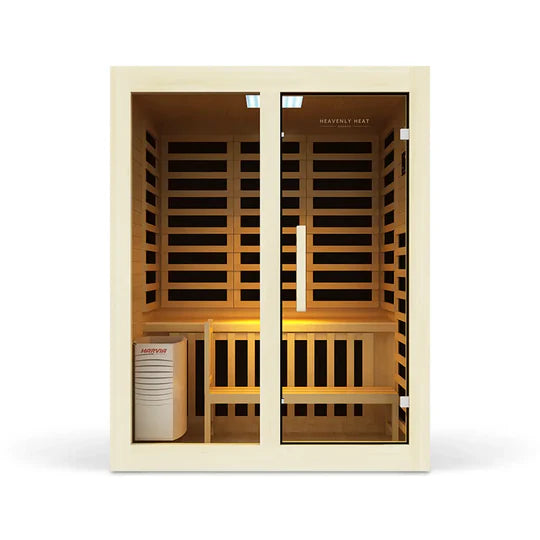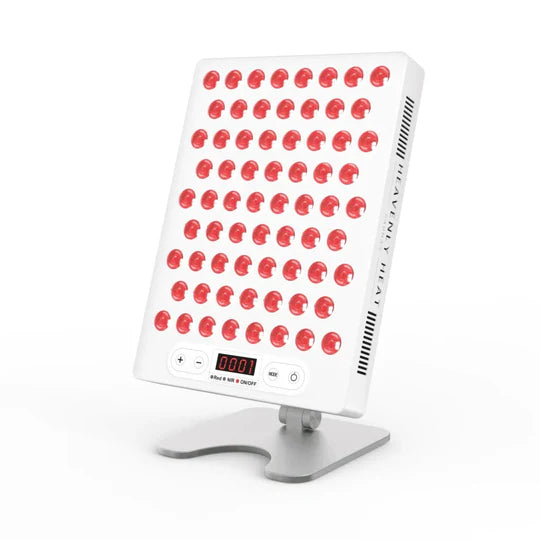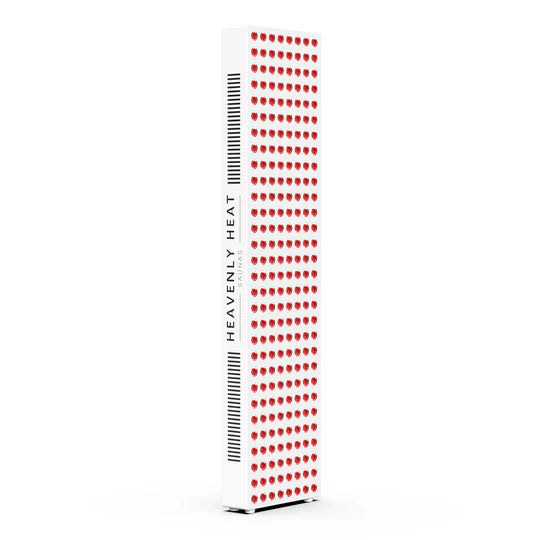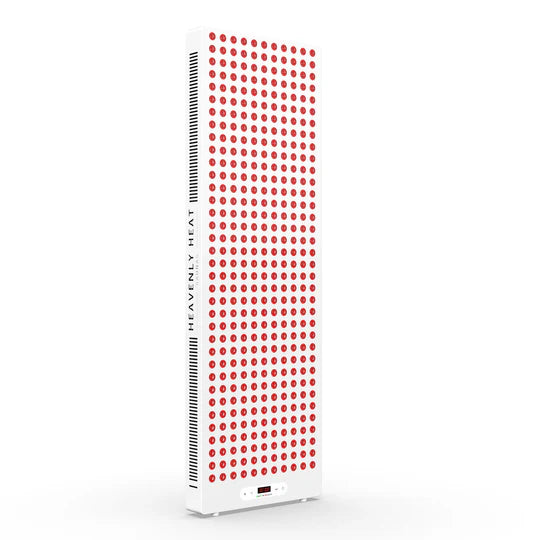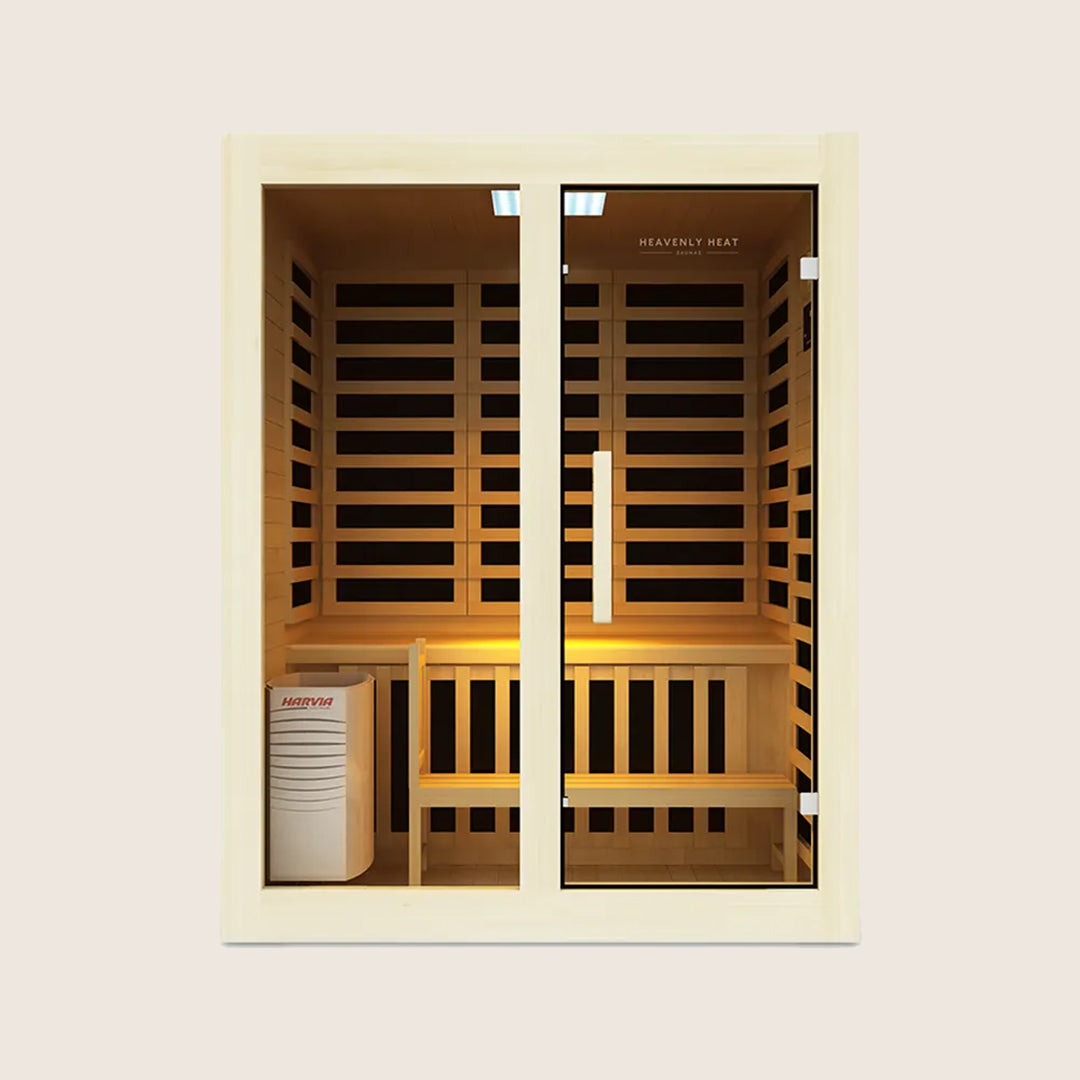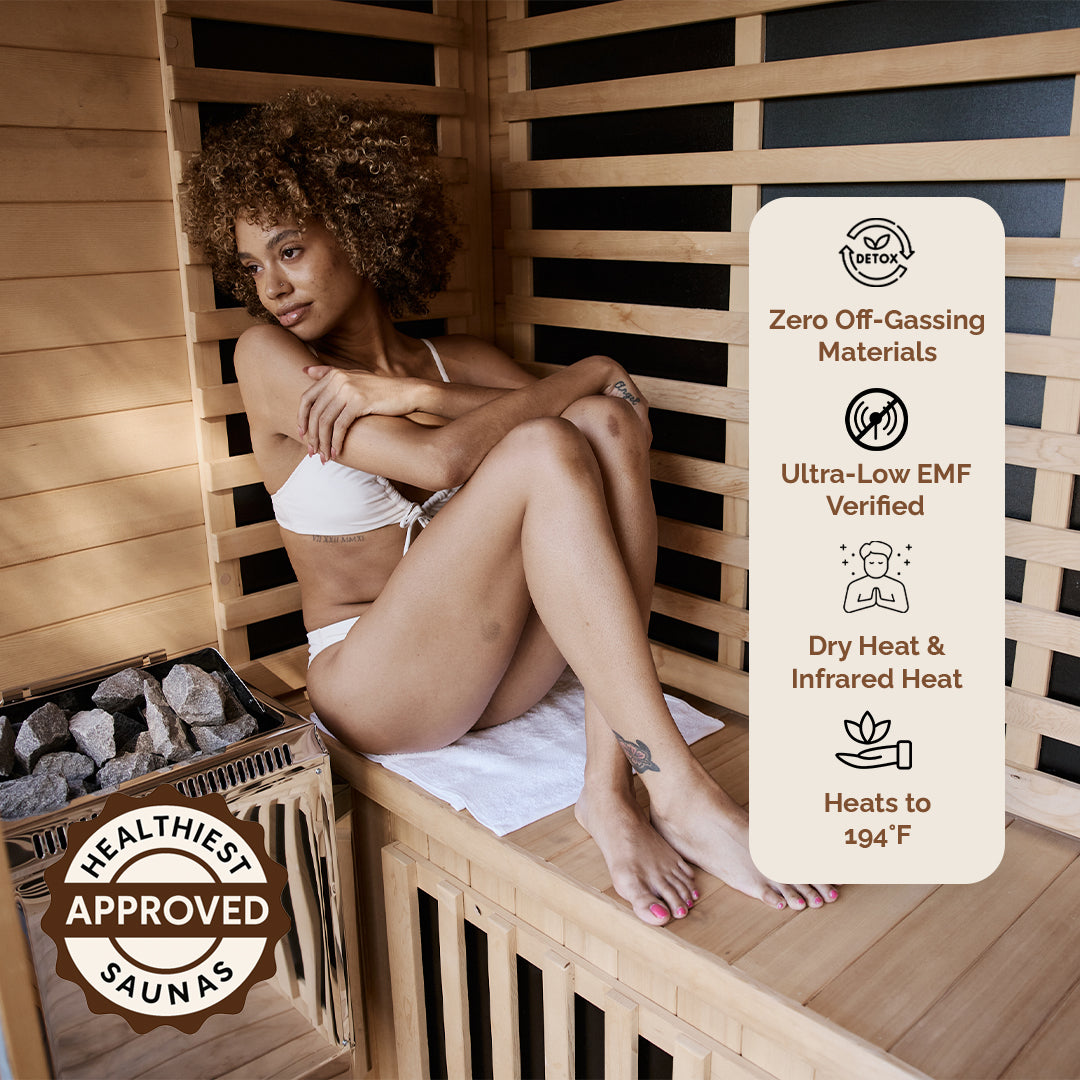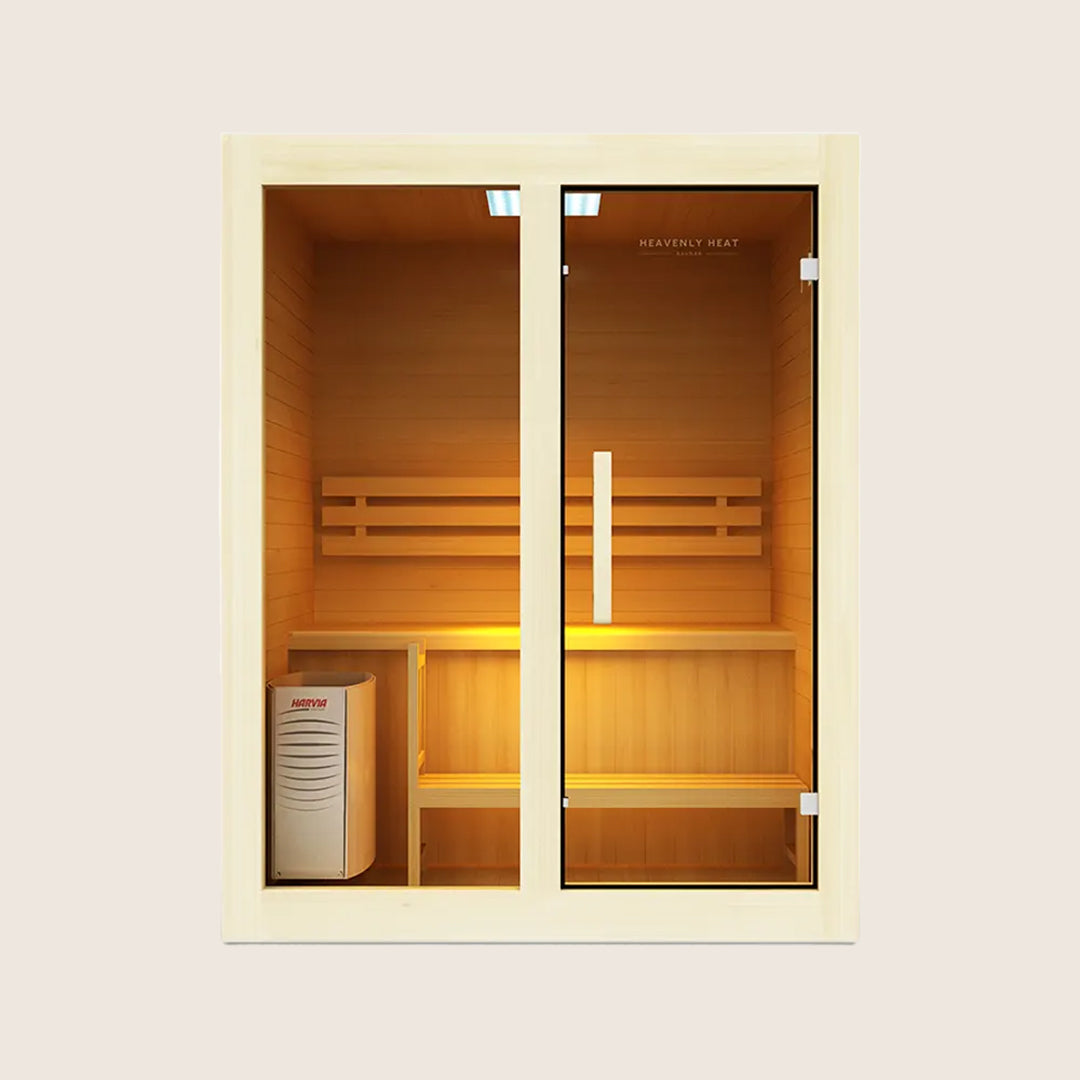6 Tips on How to Use Red Light Therapy for Wrinkles

Wrinkles are those fine lines, deep creases, and folds that often appear around the eyes, mouth, and neck, reminders of aging we’d rather not see in the mirror.
Left unchecked, they can chip away at confidence, making you look older and more tired than you feel. But there’s hope, red light therapy offers a gentle, science-backed solution. Here’s how.
Key Takeaways
Choose the Right Wavelength: Use a red light device with the proper wavelength for wrinkle reduction.
Keep Sessions Consistent and Short: Limit treatments to 10–20 minutes, 3–5 times per week.
Prep and Protect Your Skin: Cleanse your skin before therapy for optimal results.
Enhance Results with Skincare: Apply serums or moisturizers after each session.
6 Tips on How to Use Red Light Therapy for Wrinkles
Choose the Right Wavelength: Use a device with the proper wavelength for anti-aging benefits.
Keep Sessions Short: Limit therapy sessions to 10–20 minutes for the best results.
Be Consistent: Treat your skin 3–5 times a week to see noticeable improvements.
Prep Your Skin: Clean and dry your skin before therapy to improve effectiveness.
Enhance with Products: Apply serums or moisturizers after therapy for better results.
Monitor Progress: Track improvements and adjust session frequency as needed.

What Causes Wrinkles?
Natural Aging and Skin Changes
Wrinkles are a natural part of aging, caused by both biological changes and lifestyle factors. As we grow older, the skin’s outer layer becomes thinner, paler, and less elastic, making it more fragile and prone to bruising.
The decline of collagen and elastin fibers, essential for skin’s strength and flexibility, leads to fine lines, sagging, and dryness.
Hormonal shifts, such as those during menopause, and chronic conditions like diabetes or heart disease can further affect skin health.
Ultraviolet (UV) exposure from the sun accelerates these changes, contributing to premature aging and texture damage.
Interestingly, facial wrinkles can begin surprisingly early; a study from the Journal of Zhejiang University Science B found signs of wrinkling as early as 21 years old, with elasticity starting to decrease by 22.
Research highlighted in Dermatology Practical & Conceptual emphasizes that both oral and topical collagen supplements may help improve hydration, elasticity, and reduce visible wrinkles, offering a potential way to slow the aging process naturally.
Loss of Collagen and Elasticity
Wrinkles are largely caused by the gradual loss of collagen and elastin, two essential proteins that give skin its structure and elasticity.
The American Journal of Medicine explains that collagen, which makes up over 90% of skin mass, declines by 1%-1.5% each year, leading to thinner, less hydrated skin.
Aesthetic Surgery Journal notes that elastin, responsible for the skin’s stretch and recoil, also diminishes over time and can be damaged by environmental factors, leaving skin looser and sagging.
Sun exposure further accelerates this process; research from Photochem Photobiol shows that chronically sun-exposed skin can lose up to 20% of its collagen, with disorganized elastin fibers masking what remains.
Lifestyle choices add another layer: the Journal of Cosmetics highlights that smoking, pollution, and poor diet activate enzymes that break down collagen and elastin, while alcohol and oxidative stress contribute to premature aging.
Together, these changes reduce skin firmness and elasticity, making wrinkles more visible and giving skin a tired, aged appearance.
Sun Exposure and UV Damage
Sun exposure speeds up wrinkle formation by breaking down collagen and elastin, the proteins that keep skin firm and smooth.
UV rays also trigger pigmentation changes and texture roughness. According to a study in Clinical, Cosmetic and Investigational Dermatology, UV exposure accounts for about 80% of visible facial aging, clearly showing that sun damage directly accelerates wrinkles.
Facial Expressions and Repetitive Movements
Wrinkles aren’t just caused by sun exposure, they also develop from repeated facial expressions.
Research highlighted in the British Journal of Dermatology shows that the lines formed when we smile, frown, or squint can predict the wrinkles that appear years later.
Each facial movement creates tiny grooves in the skin, and over time, these grooves can become permanent as the skin loses elasticity.
Collagen and elastin, proteins responsible for the skin’s firmness and bounce, naturally decrease with age, making it harder for the skin to “snap back” after being creased.
Factors like dry or alkaline skin, lighter complexion, menopause, sun exposure, and genetics can accelerate this process.
Lifestyle habits such as poor skincare, smoking, or dehydration also contribute to faster wrinkle formation.
Essentially, the repetitive motions of our facial muscles etch lines into the skin, and without sufficient collagen support, these dynamic wrinkles gradually transform into permanent, visible ones, shaping the unique pattern of our faces over time.
Lifestyle Factors: Smoking, Diet, and Stress
Smoking, stress, and a poor diet speed up wrinkles more than most people realize. Smoking breaks down collagen and makes skin sag, while stress triggers inflammation that weakens skin over time.
Eating too many processed foods and skipping antioxidants leaves skin vulnerable to damage from free radicals. A large study of over 3,000 women showed that smoking and heavy drinking caused deeper lines on the forehead, crow’s feet, under-eye puffiness, and thinner lips.
These findings prove that the choices we make every day, what we eat, how we cope with stress, and whether we smoke, show up clearly on our skin.
Environmental Pollutants and Toxins
Wrinkles and premature skin aging are not just a matter of time, they are strongly influenced by environmental pollutants.
As highlighted by the Journal of Cells, airborne compounds like particulate matter (PM) and ozone can trigger inflammation, accelerate skin tanning, and contribute to cellular aging, especially when combined with UV exposure.
Urban pollution, in particular, has a pronounced effect: higher concentrations of pollutants, prolonged exposure, and oxidative stress can disrupt the skin’s protective barrier, disturb its microbiome, and dehydrate it, all of which promote fine lines and loss of elasticity.
Supporting this, Medical News Today emphasizes that collagen, the protein responsible for skin’s firmness, breaks down under chronic exposure to toxins, further speeding up wrinkle formation.
Scientific studies confirm that environmental toxins generate reactive oxygen species (ROS), which damage collagen and elastin, impair repair mechanisms, and cause lasting structural damage.
Overall, long-term exposure to urban air pollutants creates a perfect storm for accelerated skin aging, making prevention and protective skincare more essential than ever.
Genetics and Individual Skin Types
Wrinkles are influenced by a mix of genetics, skin type, and environmental factors. Research highlighted in the Journal of Physiological Anthropology shows that specific genetic loci, such as IRF4 and TYR, are linked to skin aging, although the exact mechanisms are still being explored.
Twin studies reveal that identical twins often share similar wrinkle patterns, emphasizing genetics, yet lifestyle factors like sun exposure or cosmetic treatments can create noticeable differences, demonstrating the strong role of the environment.
Skin type also matters: oily skin tends to resist wrinkles due to natural moisture, while dry or sensitive skin is more prone to fine lines.
Moreover, melanin provides some protection against UV-induced aging, with darker skin showing slower wrinkle formation, though sunscreen remains essential for everyone.
Further, Skin Research and Technology found that variations in genes like MMP1 or COL1A1, combined with UV exposure and lifestyle factors, help explain why wrinkle depth and distribution differ so much between individuals.
How Red Light Therapy Fights Wrinkles?
It Boosts Collagen Production to Reduce Wrinkles
Collagen works like the skin’s natural support system, it keeps your face firm, smooth, and youthful.
When collagen levels drop with age, wrinkles and fine lines start to show up. Red light therapy gives your skin cells the energy to make more collagen and elastin, which helps fill in lines and restore bounce.
In one study, red and near-infrared light boosted collagen and elastin production in skin cells. Another study showed that 90% of people noticed smoother skin and fewer wrinkles after regular red light treatments.
Red Light Repairs Damaged Skin Cells for Smoother Skin
Red light therapy has gained attention as a gentle yet effective approach to reducing wrinkles and improving skin texture.
Research highlighted by the International Journal of Cosmetic Science shows that low-level red and near-infrared light can stimulate human skin cells to produce more collagen and elastin, the proteins responsible for firmness and elasticity.
Daily exposure even at low energy levels has been shown to boost ATP production, energizing cells and supporting skin repair.
Clinical studies further confirm that consistent use of red light therapy enhances skin elasticity, reduces wrinkle depth, and increases dermal density.
Participants experienced smoother skin, firmer contours, and measurable decreases in roughness after several weeks of treatment.
This improvement occurs because red light triggers photobiomodulation in cells, promoting collagen and elastic fiber formation, which restores structural support and rejuvenates the skin.
Overall, red light therapy offers a safe, non-invasive way to revitalize photo-damaged skin, leaving it healthier, smoother, and more youthful in appearance.
It Minimizes Fine Lines and Deep Wrinkles Effectively
Minimizing fine lines helps reduce wrinkles because when skin cells produce more energy (ATP) and collagen, they repair and plump the skin, making lines shallower before they deepen into permanent wrinkles.
According to Skin Research and Technology, red light therapy significantly improved wrinkle depth, elasticity, and skin smoothness in just three months, proving its powerful anti-aging effects.
Red Light Tightens Skin and Improves Elasticity
When your skin tightens, wrinkles naturally look softer because collagen fibers grow stronger and give your skin more bounce.
Red light therapy sparks your cells to make fresh collagen, which keeps your skin firm and smooth.
According to Photobiomodulation, Photomedicine, and Laser Surgery, researchers studied 136 people and found that red light treatments boosted collagen, improved skin texture, and evened out complexion. This is why tighter, more elastic skin makes such a big difference in reducing wrinkles.
Is Red Light Therapy Effective for Wrinkles?
Red light therapy (RLT) is an effective, non-invasive approach to reducing wrinkles and improving skin elasticity.
By stimulating collagen and elastin production, repairing damaged cells, and increasing skin firmness, RLT minimizes fine lines and tightens sagging skin.
Clinical studies show visible improvements in 1–3 months, with optimal results using 630–670 nm light, 10–20 minutes per session, 3–5 times weekly.
How Long Does It Take to See Results from Red Light Therapy on Wrinkles?
Red light therapy (RLT) can feel like a slow process, but patience and consistency are essential. While the treatment starts working immediately by stimulating your skin’s natural healing processes, visible results usually appear after one to three months.
Most people notice measurable improvements, such as softer, smoother skin and reduced redness, within 2 to 4 weeks when following a schedule of 3 to 5 sessions per week for at least four weeks.
Studies show that over 90% of participants observed skin improvements within this period, with early signs including subtle plumping and increased hydration as collagen production ramps up.
To see meaningful wrinkle reduction, continuing the therapy consistently is key, as the benefits accumulate over time.
Once initial improvements appear, you can adjust the frequency to maintain results. Regular treatments, combined with patience and monitoring your skin’s response, offer the best chance of achieving smoother, firmer, and healthier-looking skin.
FAQs
What wavelength of red light is best for wrinkle reduction?
Red light therapy has gained attention as a non-invasive way to reduce wrinkles and improve skin elasticity. Wavelengths between 630–700 nm are commonly used, with 660 nm often considered the most effective because it penetrates slightly deeper into the skin while stimulating fibroblasts to boost collagen and elastin production, enhancing tone, texture, and hydration. As noted in Modern Research in Inflammation, studies using 633 nm and 830 nm LEDs have shown significant improvements in wrinkle reduction and skin elasticity, highlighting the importance of wavelength and treatment protocols. A review in the International Journal of Molecular Sciences also found that combining red light with near-infrared light can improve wrinkles, smoothness, and firmness, while red light alone effectively targets pigmentation. Optimal sessions typically last 10–20 minutes at 20–100 mW/cm², applied 5–7 times per week initially for skin rejuvenation. Overall, red light therapy works by energizing mitochondria and stimulating cellular repair, offering a safe, well-tolerated, and promising approach to youthful, healthier-looking skin.
Can red light therapy tighten sagging skin?
Red light therapy (RLT) has shown promise in improving skin firmness and elasticity by stimulating collagen and elastin production. Research published in Photomedicine and Laser Surgery investigated 136 volunteers using polychromatic and red-light-specific treatments, finding significant improvements in skin texture, collagen density, and overall complexion. Studies highlight that wavelengths around 630nm and 660nm are particularly effective for collagen production and anti-aging benefits. Clinical trials suggest that RLT can complement other skin treatments, such as lasers, reducing post-treatment swelling and discoloration, and enhancing results. Dermatologists note that while RLT is safe, non-invasive, and capable of boosting circulation and cellular turnover, it should be viewed as a supportive treatment rather than a standalone solution. Consistent use over time is key for visible results, and device quality matters, especially for at-home units. Overall, experts and research agree that RLT can help tighten sagging skin, but more large-scale trials are needed to fully confirm its effectiveness.
Is professional red light therapy more effective than at-home devices?
Professional red light therapy (RLT) is generally more effective than at-home devices because clinical-grade units are more powerful and allow for customized treatments. Studies show that professional devices deliver higher intensity light at specific wavelengths, penetrating deeper into the skin and targeting concerns like wrinkles, acne, and dark spots more efficiently. These treatments can lead to faster, more noticeable results, whether for skin rejuvenation, pain relief, or muscle recovery. At-home devices, while less powerful, are convenient for consistent use and can help maintain skin health or support gradual improvements. Research indicates that effectiveness depends on factors like wavelength, irradiance, and treatment duration, with professional devices often outperforming consumer-grade units. However, regular, consistent use matters for both types. In short, professional RLT is ideal for those seeking significant, rapid improvements, while at-home devices work well for ongoing care and subtle, long-term benefits.
Can red light therapy improve skin elasticity?
Red light therapy has gained attention for its potential to improve skin elasticity. Research from WeBMD suggests that this therapy can smooth skin and reduce wrinkles by stimulating collagen production, which also helps repair sun damage. Diving deeper into the biology, Skin Research and Technology explains that red LED light (600–700 nm) penetrates the dermis and triggers photobiomodulation, a process where mitochondria in skin cells increase ATP production, boost protein synthesis, and activate fibroblasts, ultimately enhancing collagen and elastin levels. Clinical trials support these findings; a study highlighted by the Journal of Photochemistry and Photobiology B: Biology demonstrated that patients undergoing LED therapy experienced up to a 19% improvement in skin elasticity and a 36% reduction in wrinkles, accompanied by an increase in collagen and elastic fibers. For best results, experts recommend red light wavelengths between 630–670 nm, with sessions lasting 10–20 minutes, 3–4 times per week. With consistent treatment, red light therapy offers a scientifically backed, non-invasive approach to firmer, more youthful-looking skin.
Should I apply skincare products before or after red light therapy?
You should cleanse your skin before red light therapy and avoid heavy creams or sunscreen, though hyaluronic or glycolic acid can be applied to enhance results. After the session, apply serums, moisturizers, and actives like vitamin C or retinoids to improve absorption and maintain hydration.






